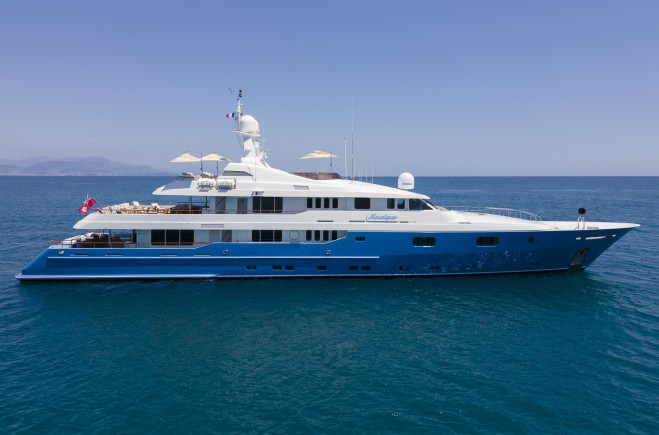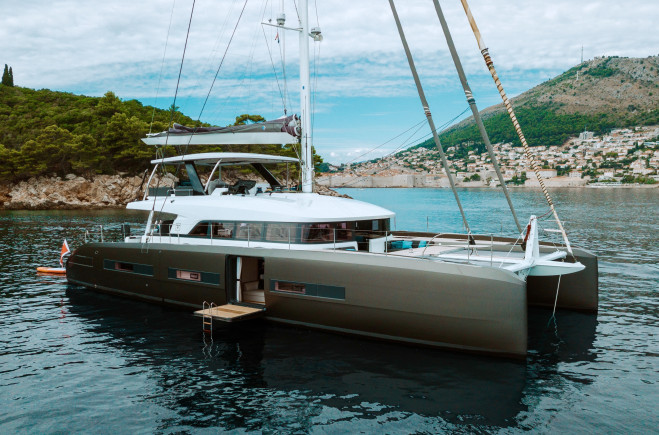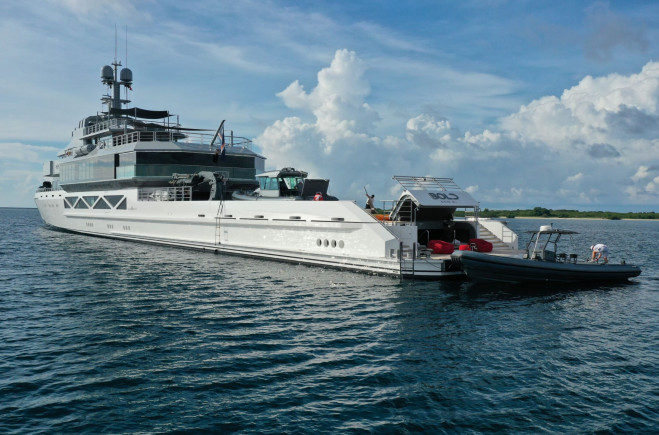They are outside the hurricane belt and have a tropical climate for six months of the year in the dry season and six months in the wet season. Trinidad is the birthplace of calypso music, its bird life especially the iconic Scarlet Ibis, the leather-back turtles, the coral reefs and busy well-equipped harbours. Known as the 'Rainbow Island' it is at its most colourful in the early months of the year when Carnival life is in full swing.
For the yachting enthusiast planning to circumnavigate the two islands, close attention must be paid to the General Regulations for stationary moorings since several harbours have cruise terminals and require approval in writing to the Harbour-master before anchoring. Port of Spain, the capital of Trinidad is a good starting place having now enlarged accommodation for cruise ships as well as two wharf extensions for Bulk Cargoes. It has even a large area for dry-docking to be leased five miles to the north. English is the official language in the Republic of Trinidad and Tobago, although the visitor will hear Creole English spoken more often. The names of the harbours and towns largely reflect the multi-cultural immigrations that have taken place in the course of a very chequered history.
Caribs and Arawaks were the original Trinidadians. Following Christopher Columbus' arrival in 1498, pirate ships found the islands with its many coves and beaches an excellent hiding place. They used them as a base until 1802 when they were ceded to the British. Piarco Airport was opened in 1931, and both north and south Terminals are now linked to major highways. The islands gained independence in 1962 and Republic status in 1976.
It is worth taking time to plan a tour of the islands and if necessary when and where to go ashore and whether to stay overnight at one of the many hotels. In Port of Spain the local English paper 'Trinidad News' is a great help if searching for golf courses, cricket grounds or hotels. The Grand Plaza Hotel in downtown Port of Spain is only walking distance to the Cruise Complex and the Brian Laura Promenade. The Harbour Front Pub and eating place has recently been given a special award for its high standards and therefore worth a visit. The man-made Chaville beach is also a great tourist attraction and tour guides will be keen to show you the nearby 'Caroni Bird Sanctuary' the river and swamp areas, home for the iconic Scarlet Ibis. of further interest on this side of the island is the Matura beach with its Leatherback turtles which nest from March to August. The beach is only available through guided tour from Pointe a Pierre on the main road from Port of Spain.
Leaving the capital and heading for Tobago is a rich yachting experience with stunning views of the coast of South America on one side and views of Trinidad's highest mountain (El Cerro del Aripo) on the other. Harbouring at the main port of Scarborough is recommended and a chance to visit many of the British colonial forts on the island. Fort King George is the best known since it includes a military hospital now converted into a National Fine Arts Centre and terrific views of the island. Tobago has lots of tourist attractions and if staying overnight, the recommended Rex Beach hotel has two flood-lit tennis courts an 18 hole golf course and a better chance of seeing turtles at night on its local beach.







